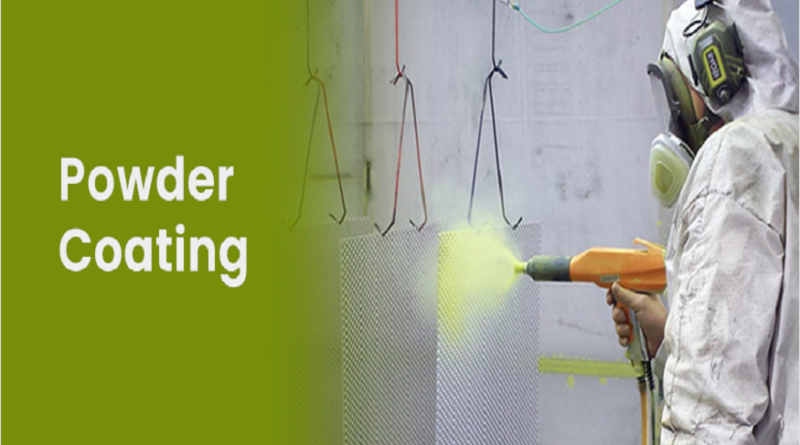Common Problems with Powder Coating Equipment and How to Address Them
Powder coating equipment is essential for achieving high-quality and durable finishes. However, like any machinery, it can experience occasional issues that can impact the coating process. Being aware of common problems that may arise with powder coating equipment and knowing how to address them is crucial for maintaining efficient operations and achieving satisfactory coating results.
In this article, we will discuss some common problems you may encounter with powder coating equipment and provide guidance on how to resolve them.
Poor Powder Adhesion:
- Poor powder adhesion can result in coating defects such as flaking or chipping. This issue can be caused by insufficient surface preparation, inadequate cleaning of the object, or improper grounding. To address poor powder adhesion, ensure that the object’s surface is properly cleaned and pre-treated according to the manufacturer’s recommendations. Remove any contaminants, oils, or dirt that may interfere with adhesion. Additionally, ensure that the object is properly grounded by verifying that the grounding connections are secure and clean.
Powder Clumping or Clogging:
- Powder clumping or clogging can lead to uneven application and affect the quality of the coating. This problem can occur due to moisture in the powder, improper powder storage, or a malfunctioning powder delivery system. To resolve powder clumping or clogging, ensure that the powder is stored in a dry environment and that it has not absorbed moisture. If moisture is present, consider drying the powder using approved techniques recommended by the powder manufacturer. Regularly inspect and clean the powder delivery system, including hoses and nozzles, to remove any buildup or blockages.
Inconsistent Coating Thickness:
- Inconsistent coating thickness can result in uneven appearance and compromised durability. This problem can be caused by improper gun-to-object distance, uneven powder flow, or uneven air pressure. To address inconsistent coating thickness, ensure that the gun-to-object distance is set correctly according to the manufacturer’s recommendations. Adjust the powder flow rate to achieve a consistent and even application. Additionally, check the air pressure in the spray gun to ensure it is consistent and uniform throughout the coating process.
Orange Peel Texture:
- Orange peel texture refers to a textured or rough surface appearance on the coated object. It can occur due to factors such as incorrect oven temperature, insufficient curing time, or improper gun settings. To resolve orange peel texture, verify that the oven temperature is set to the recommended curing temperature for the specific powder coating material. Ensure that the curing time is sufficient to allow for proper flow and leveling of the powder. Adjust the gun settings, such as powder flow rate and pattern, to achieve a smooth and even application.
Excessive Overspray:
- Excessive overspray can result in wasted powder and increased coating costs. This problem can be caused by improper gun settings, excessive powder flow, or inadequate booth ventilation. To reduce excessive overspray, adjust the gun settings to optimize powder output and pattern. Ensure that the powder flow rate is set appropriately to prevent excessive powder from being released. Improve the ventilation in the powder booth to effectively capture and contain overspray, reducing waste and minimizing environmental impact.
Electrical Issues:
- Electrical issues, such as power fluctuations or malfunctions in the control panel, can disrupt the coating process. To address electrical problems, ensure that the power supply to the equipment is stable and properly grounded. Regularly inspect and maintain the control panel, wiring, and electrical connections to prevent any loose connections or faults. If electrical issues persist, consult a qualified electrician or contact the equipment manufacturer for assistance.
Conclusion:
While powder coating equipment is generally reliable, encountering common problems is not uncommon. By being aware of issues such as poor powder adhesion, powder clumping, inconsistent coating thickness, orange peel texture, excessive overspray, and electrical problems, you can take prompt action to resolve them. Following proper maintenance procedures, adhering to manufacturer guidelines, and conducting routine inspections and cleaning can help prevent these problems. In case of persistent or complex issues, it is advisable to consult with equipment manufacturers or industry professionals to ensure the optimal functioning of your powder coating equipment. By addressing these common problems effectively, you can maintain smooth operations, achieve high-quality finishes, and ensure customer satisfaction in your powder coating processes.

